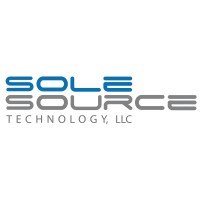
VeryPC
Established in 2004, VeryPC initially provided computer hardware and managed IT services to charities and local businesses. Recognising a gap in the UK market, VeryPC set out to manufacture high-quality, sustainable computer hardware tailored for the education sector. We manufacture and supply IT products and services to schools across the UK. We are dedicated to simplifying our customers’ work lives, saving them time, and delivering a world-class experience that supports them in achieving the best outcomes for their organisations. Building honest and long-lasting relationships is at the core of our business philosophy. We position ourselves as trusted advisors and extensions to our customers’ operations. Every aspect of VeryPC’s products is designed to solve customer problems and provide them with time-saving solutions through innovative product design, configuration options, and services.






